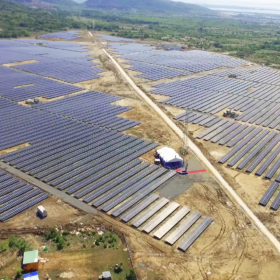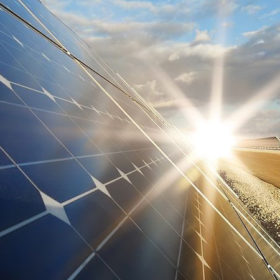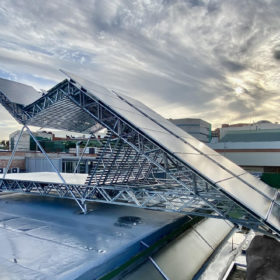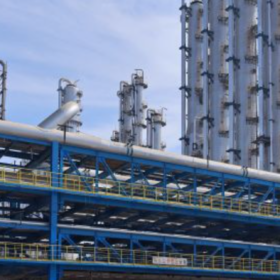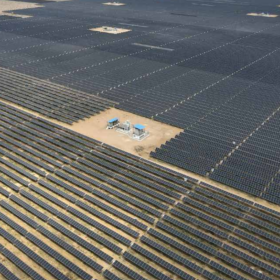SECI tenders 25 kW green hydrogen project for a hospital in Ladakh
The selected developer will be required to set up a 25 kW green hydrogen project at Sonam Norboo Memorial (SNM) Hospital in the Leh district, for the supply of electricity, heat, and oxygen to the hospital. Bidding closes on March 10.
US government extends Section 201 tariffs on imported PV panels, cells
The Biden administration has upheld an exclusion for bifacial panels in its new extension of Section 201 tariffs, while ramping up the annual tariff rate quota for cells to 5GW.
Solar trailer for off-grid applications from France
Developed by French start-up Ecosun, the trailer is equipped with 15 solar panels with output of 360 W and batteries with a storage capacity of 23 kWh. It can be used for construction sites, military camps and water pumping systems.
Waaree Renewable awarded 180 MW solar project in Tamil Nadu
After 140 MW in Gujarat, the company has secured a 180 MW DC solar project in Tamil Nadu. It shall set up the plant on a turnkey basis.
Additional PLI funds will push solar sector to achieve 2030 target
India should not just rely on solar equipment imports but also promote domestic manufacturing to ensure an uninterrupted march to its 280 GW target of installed solar power capacity by 2030. The budgetary allocation of an extra INR19,500 crore (US$2,602 million) to the production-linked incentive scheme for solar provides the much-needed impetus for domestic production, say GlobalData analysts.
Virescent Renewable Energy Trust raises INR 650 crore via domestic bonds
The investors included domestic financial institutions India Infrastructure Finance Company Limited and Aseem Infrastructure Finance Limited. Virescent shall use the proceeds primarily to fund solar asset acquisitions related debt requirements.
Forget batteries, what if surplus renewable energy could be stored as information?
A pair of researchers from UC San Diego has proposed to precompute certain data when the grid is flooded with solar or wind power, and then store it on servers for later use.
Reversible photovoltaic shade under the Madrid sky
The 8 kW photovoltaic shade was deployed on the outdoor rest area of a commercial building located in the northern part of Madrid. It was built with conventional solar modules provided by JA Solar and a structure made with light galvanized steel profiles for plasterboard partitions.
Adani Green Energy raises INR 612 crore for debt refinancing
The developer’s three arms, which collectively have 930 MW of operational solar power projects, have raised INR 612.30 crore (US$81.96 million) through their maiden domestic bond issuance. The proceeds will be utilized to part-refinance existing rupee term loan bearing higher interest cost.
India’s annual lithium battery market will reach 116 GWh in eight years
The annual demand for lithium-ion batteries in India will reach 116 GWh in FY 2029-30, with electric vehicles (EVs) accounting for 90%.



